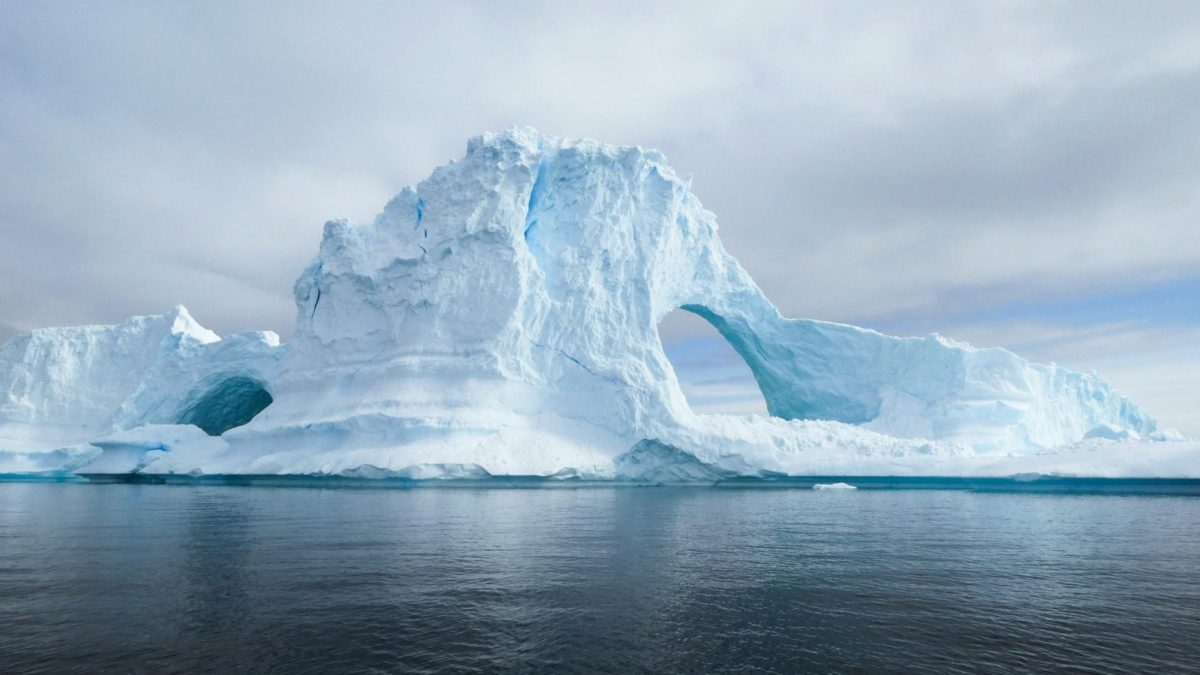Underneath the seemingly stationary Antarctic Ice Sheet lies a network of lakes, completely hidden from view. However, these bodies of water may potentially mark a turning point in the reshaping of global coastlines. According to a new study published on April 7 in Nature Communications, these water systems could contribute to sea level rise, increasing the current predictions for 2300 by over two meters.
The Antarctic Ice Sheet holds approximately 90 percent of the world’s ice, therefore being a major driving force of rising sea levels. Because of this, the hidden water beneath Antarctica is much more important than glaciologists previously thought. Chen Zhao, a glaciologist at the University of Tasmania in Hobart, Australia, feels that it is problematic that policymakers are basing their decisions on current anticipations of sea level rise. She stated, “but what if we largely underestimated it?”
Because the Antarctic is frozen, it leads many people to believe that it is static. However, this couldn’t be further from the truth. In some places of the ice sheet, its base slides along the ground like a sled on snow — a process referred to as basal sliding. Because there is subglacial water present in the sheet, the subglacial water acts almost like a lubricant, similar to the air cushion beneath an air hockey puck, allowing the ice to flow more rapidly toward the sea. When this ice mass is ridded of, the rising of sea levels occurs.
Despite the way in which it seems glaciologists have an abundance of information regarding the effects of basal sliding, the extent to which this process causes sea level rise remains unsettled. Zhao feels that many modern computer simulations are disregarding the effects of subglacial water, and are in turn underestimating the potential outcomes of these events. Because she was unsatisfied with the current simulations, she and colleagues took it upon themselves to formulate their own.
They tested many different simulations and ways of capturing the pressure that the water exerts. In many of their simulations they assumed that the water could flow uncontrollably into the ocean. However, in other simulations, they factored in other potential elements that could play a role in sea level rise. In their most extreme simulation, water near the grounding line created maximum slipperiness that resulted in an additional 2.2 meters of water levels by 2300.
Although such outcomes may come across as both shocking and alarming, it is probable, given the amount of ice in Antarctica, that these predictions could come to life in the future. Glaciologists are still unsure, however, and because of this, many facts remain unknown.









